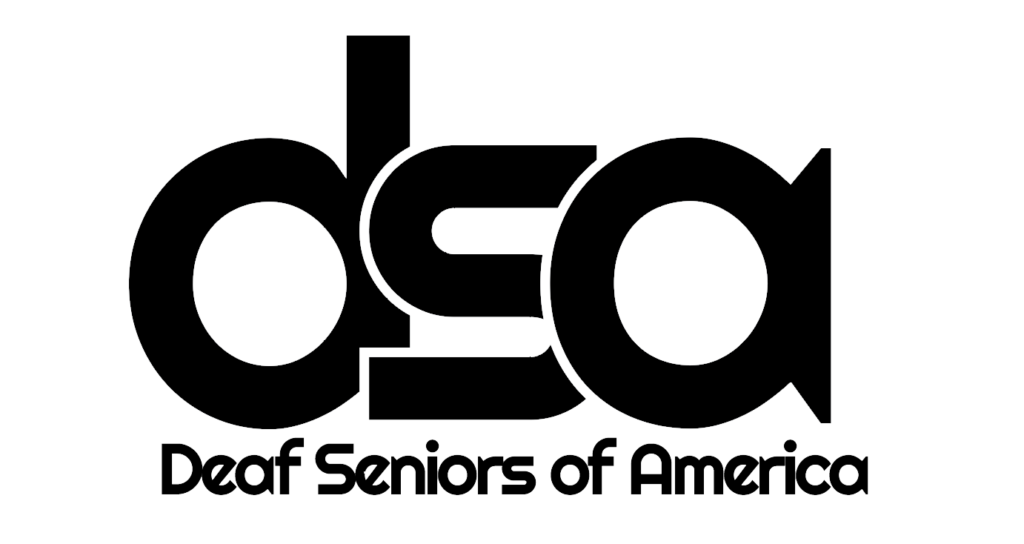Video Remote Interpreting (VRI) Guidelines for HealthCare by NAD and DSA
Overview:
The Americans with Disabilities Act (ADA) and Rehabilitation Act of 1973 require healthcare providers to ensure effective communication with people who are deaf and hard of hearing. To enhance the familiarity and the efficiency of effective communications, the National Association of the Deaf (NAD) and Deaf Seniors of America, Inc. (DSA) present basic guidelines to assist healthcare providers in operating Video Remote Interpreting (VRI).
Network:
- Dedicated high-speed (broadband) Internet connection to ensure high quality, clear, delay-free, full-motion video and audio;
- At least 768kps upload and download uninterrupted and continuous video calling;
- Firewalls must not impede or impair optimal video transmission;
- Security requirements, including HIPAA, should not be compromised;
- All endpoints should be connected though single link such as WAN circuit;
- Connections should be free from interferences caused by other equipment;
- All connections must be tested and recorded at least once a week; and
- All interpreters must meet the same technical standards from their end.
Equipment:
- Viewer must have an unobstructed view of the monitor;
- Monitor should be at least 19.5 inches and viewed no more than 5 feet away;
- Monitor must be mobile and stable with adjustable height and overhead options;
- Until it is safe, patient’s head and neck must remain immobile;
- Minimum resolution of video camera should be 720p at 30 frames per second;
- All interfering programs and screensavers must be turned off;
- Computers, if used, must have a minimum processor speed of 2 GHz, at least 5GB free disk drive space, and a dedicated video card;
- Equipment must be tested at least once a week;
- Back up system must be available for breakdowns and need for multiple use; and
- Equipment must be kept clean and within sterilization standards.
Interpreters:
- Interpreters and agencies must be in compliance with the regulations of state or national recognized organizations of sign language interpreters;
- Interpreters must recuse themselves should they find VRI is not an appropriate accommodation and advice on-site interpreting is more appropriate;
- Personal preferences of a patient and/or companion for a particular named interpreter may not be honored;
- Preference of the gender of the interpreter by the patient and/or companion must be honored;
- Interpreter should be provided with brief background information of the situation;
- Should a transfer of an interpreted session take place or when an interpreted session is terminated, the previous interpreter must use HIPAA compliant internal communication procedures to share with the next interpreter;
- All set-ups, transfers, and/or reconnections should be completed within oneminute;
- Interpreters must be trained to operate and maintain their equipment;
- Interpreters must answer the call within 45 seconds at all times;
- Certified Deaf Interpreters should be made available at the request of interpreters,patient and/or companion; and
- Use of local VRI agencies should be minimized to ensure confidentiality.
Training:
- All personnel dealing with patients and/or companions must be at least oriented to VRI;
- VRI equipment must be set up and ready to operate on schedule;
- VRI equipment must be available to be set up and ready to operate within tenminutes for unscheduled assignments;
- Should VRI-related problems remain unresolved within ten minutes, technicalsupport must be contacted;
- There should be no time limit for VRI usage;
- At least two VRI-trained personnel must be on site 24/7;
- At least one technical support person must be available 24/7; and
- Contact info of all VRI personnel must be available 24/7.
Factors/Situations:
- Use of VRI should be consented to by the patient and/or companion;
- Effective communication should be satisfied by all parties involved;
- Time sensitivity and limitations of the patient’s and/or companion’s visual, head/body mobility, cognition and/or consciousness should be considered to determine whether to use VRI or on-site interpreters;
- On-site interpreters must be used should the patient and/or companion becomesstressed with the use of VRI;
- On-site interpreters must be used whenever there is no readily accessible Internetaccess; and
- On-site interpreters must be used when there are no spaces for VRI equipment.
References:
- US DOJ Effective Communication Regulations, available at: www.ada.gov/effective-comm.htm
- Recommended Guidelines for Video Remote Interpreting (VRI) for ASL-Interpreted Events, Judicial Council of California, 2012.
- NAD Position Statement: VRI Services in Hospitals: http://nad.org/issues/technology/vri/position-statement-hospitals
- Gonzalez, Lemmer, & Ordaz (2018). Community Healthcare Interpreting. In Holcomb & Smith (Eds.).
- DEAF EYES on INTERPRETING (pp. 209-220). Washington, D.C.: Gallaudet University Press.
